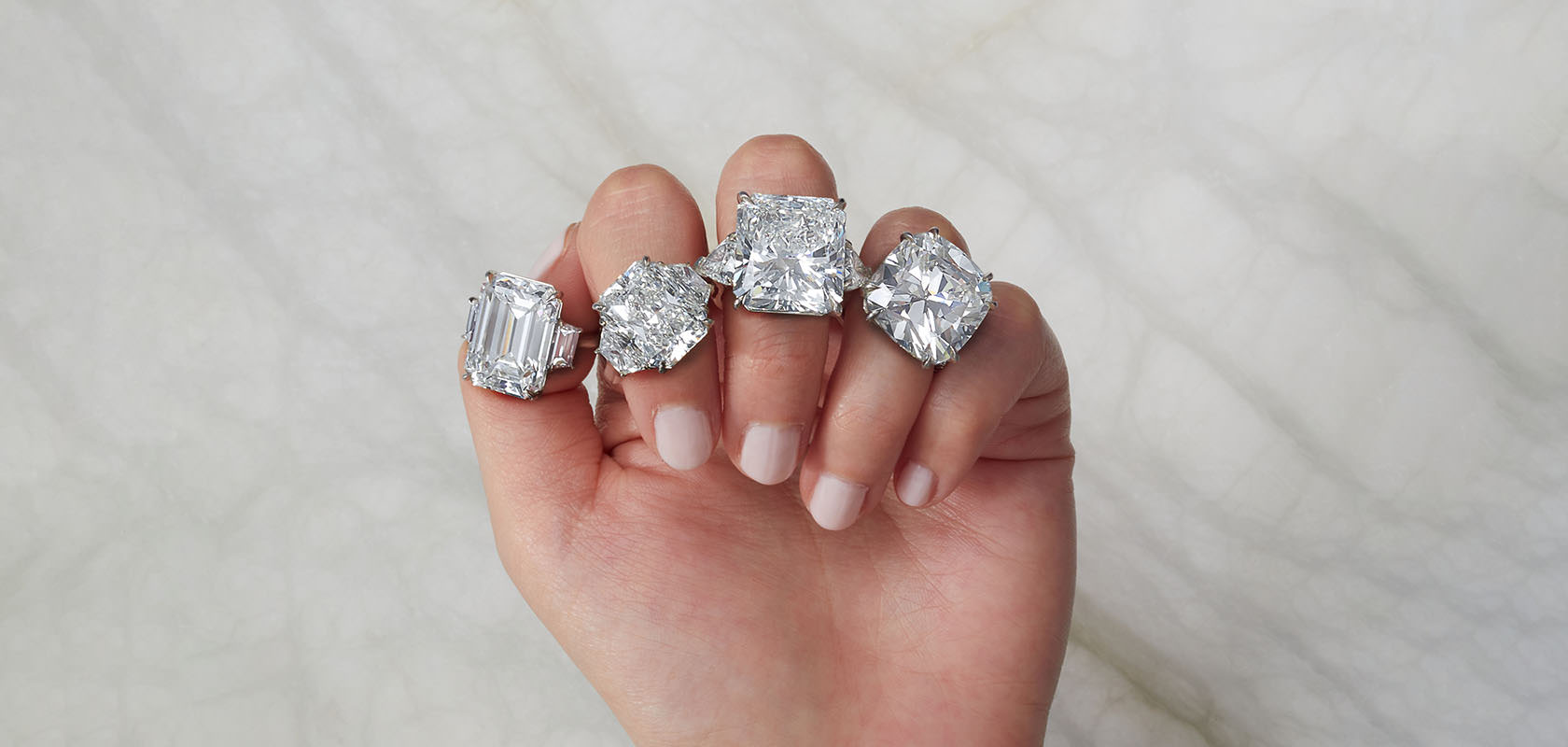Introduction
When it comes to diamonds, size does matter—but it’s not the only factor to consider. Understanding the nuances of carat weight, cut quality, and personal preference can make all the difference in finding your perfect gem.
Understanding Carat Weight
At the heart of diamond size is carat weight, a unit of measurement equal to 200 milligrams. Contrary to popular belief, carat doesn’t directly correlate with size alone how big is your diamond; it also reflects a diamond’s density and how it’s cut.
Definition and Measurement
Carat weight is often misunderstood as the sole determinant of a diamond’s size. While larger carat weights generally mean bigger diamonds, factors like cut quality can affect how large a diamond appears.
Common Misconceptions
Many assume that doubling carat weight means doubling diamond size. However, due to how diamonds are cut and their density, this isn’t always the case. Understanding these nuances can prevent disappointment when shopping for diamonds.
Comparing Carat Sizes
The difference between a 1-carat and a 2-carat diamond isn’t just numerical; it’s visual. Larger diamonds make a bolder statement, but smaller ones can be just as elegant depending on personal style and setting.
Small vs. Large Diamonds
Smaller diamonds can be more practical for everyday wear, while larger ones tend to dazzle in special occasions. Choosing the right size involves considering how the diamond will be worn and for what purpose.
Visual Impact on Appearance
The visual impact of a diamond goes beyond carat size alone. Factors like cut, clarity, and color play pivotal roles in how a diamond sparkles and catches the eye.
Factors Influencing Diamond Size Perception
A diamond’s brilliance isn’t just about its size; it’s about how it reflects light. The cut quality, symmetry, and proportions all contribute to its overall appearance and perceived size.
Cut Quality and Brilliance
Well-cut diamonds maximize light performance, making them appear larger and more brilliant. Understanding diamond cuts—from ideal to shallow—can help you choose a diamond that looks its best.
Setting and Mounting Styles
The way a diamond is set can enhance or detract from its perceived size. Prong settings, halo designs, and bezel settings each affect how much of the diamond is visible and how large it appears on the finger.
Popular Diamond Shapes and Sizes
Diamonds come in various shapes, each with its own typical size range and visual characteristics. From the classic round brilliant to the angular princess cut, each shape offers unique advantages in terms of appearance and style.
Round, Princess, Emerald, etc.
Round diamonds are timeless and versatile, while princess cuts offer a modern edge. Emerald cuts emphasize clarity, and marquise cuts elongate the finger—all considerations when choosing diamond size.
Typical Carat Ranges for Each Shape
Different diamond shapes are cut to maximize carat weight in different ways. Understanding these ranges can help you narrow down your options based on size preferences and style.
Choosing the Right Carat Weight
Selecting the perfect diamond size is a balance of personal preference and practicality. Factors such as budget, style, and occasion all influence the ideal carat weight for your needs.
Personal Style Preferences
Some prefer understated elegance, while others desire a bold statement piece. Knowing your style can guide you towards the right carat weight and shape that best expresses your personality.
Budget Considerations
Carat weight significantly impacts a diamond’s price. Understanding how much you’re willing to spend can help you prioritize other factors like cut and clarity to maximize value.
Diamond Size and Symbolism
Diamonds have long symbolized love, commitment, and status across cultures. The size of a diamond can carry significant meaning, influencing both personal sentiment and societal perceptions.
Lab diamonds, also referred to as cultured or synthetic diamonds, are created using advanced technological processes that simulate the natural formation of diamonds deep within the Earth’s mantle.
Cultural and Social Perceptions
In some cultures, larger diamonds signify wealth and prestige, while in others, modest sizes may carry deeper emotional value. Understanding these cultural nuances can add layers of significance to your diamond choice.
Conclusion
Choosing the right diamond size involves more than numbers; it’s about finding a gem that resonates with your style, values, and the significance of the occasion. Whether you opt for a modest yet elegant diamond or a larger, statement-making stone, understanding the intricacies of carat weight, cut quality, and personal preference is key. By balancing these factors, you can ensure that your diamond not only dazzles with brilliance but also holds sentimental value for years to come.

